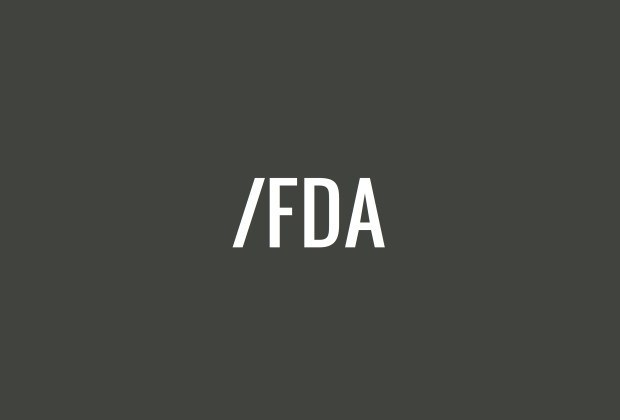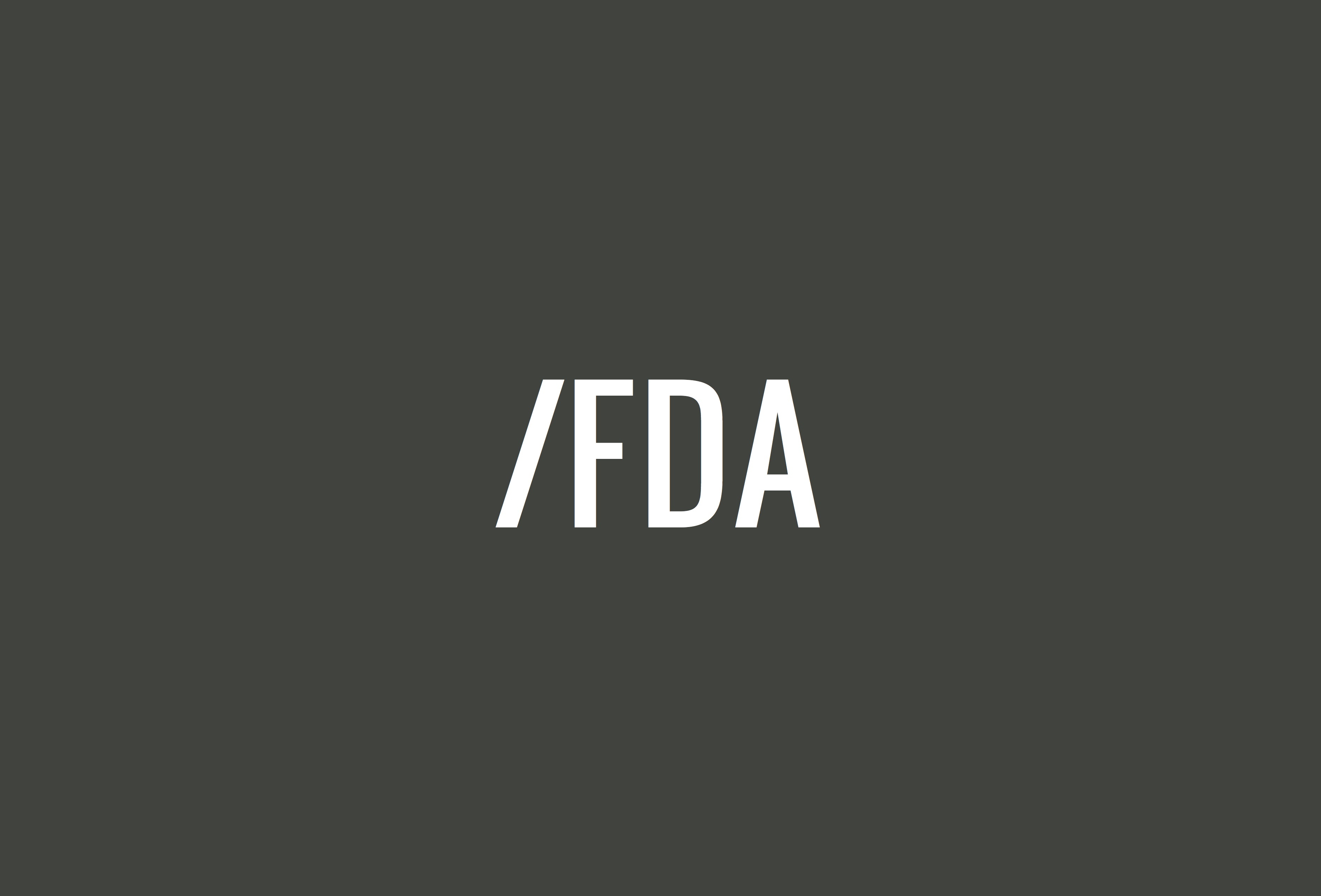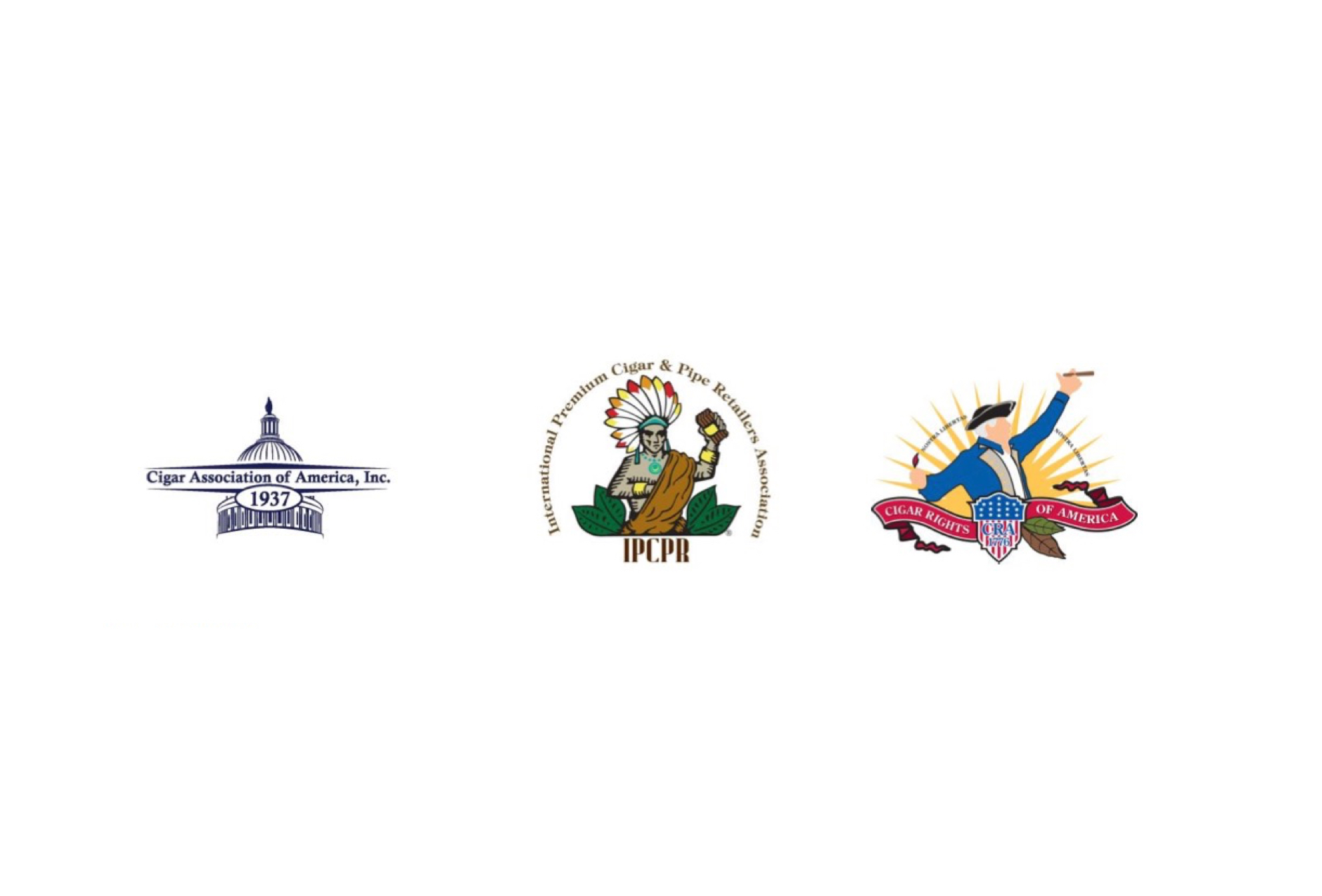The Cigar Rights of America (CRA), representing roughly 100 companies that are involved with the production of premium cigars, has filed its comments to the U.S. Food & Drug Administration (FDA) regarding how it believes premium cigars should be regulated in the future. Or not regulated.
To learn more about the FDA’s regulation of cigars, click here.
THE BASICS
Formally, the comments are part of FDA’s review of its substantial equivalence process, though the CRA’s 62 pages of comments largely discuss how it believes cigars should—or more specifically, shouldn’t be regulated. Substantial equivalence is one of the pathways manufacturers can use to gain approval for tobacco products from the agency. FDA is in the process of redoing its substantial equivalence process in order to make it more streamlined for both manufacturers who apply for substantial equivalence and the agency itself. As part of that overhaul, the agency is required to solicit comments from the public and industry about what it should do.
Due to a recent court case, substantial equivalence is set to be due on May 12, 2020, a date that the cigar industry is appealing in separate court filings. Up until that court decision, the reports were not due until August 2021.
THE DIFFERENCES FROM THE CAA MEMBER COMMENTS
The comments filed by CRA are very similar to a joint comment filed by Davidoff, Drew Estate, General Cigar Co., Tabacalera Perdomo, Tabacalera Unidas (CLE) and Tabacalera USA (Altadis U.S.A.) with two major differences.
- Three Regulatory Options — The CRA proposes three different pathways forward for cigar regulation: full exemption from regulation; or a moratorium on regulation until after FDA finishes evaluating whether it wants to regulate premium cigars differently; or a substantially less burdensome approval process for cigars that would not involve testing. The comments by the six manufacturers only presented a solution of no regulation.
- Flavored Cigars Would Not Be Considered “Premium Cigars” — The CRA’s stance that flavored cigars are not “premium cigars” remains the position in these comments. The six manufacturers would have allowed for some flavored cigars to be included.
You can read the joint comment here.
“THE STATUS QUO”
At the moment cigar manufacturers can apply for substantial equivalence but there is no reason to believe that the agency would approve an application because FDA has said, on multiple occasions, it is changing the process. The bigger question is what does substantial equivalence look like once those changes are implemented, which is why groups like CRA are commenting.
The four major points that show that FDA does not know how cigars will be approved in the future are:
- This Very Process Regarding Substantial Equivalence — The most obvious example of that is that FDA has said it wants to make the process of creating substantial equivalence applications more efficient, as well as to reduce the amount of time the agency spends having to evaluate applications, largely ones that fail to provide enough information for the agency to approve an application.
- The Maryland Court Case — The aforementioned May 12, 2020 deadline for substantial equivalence is a result of a court case FDA lost. The date was previously scheduled for August 2021, but FDA was sued by health groups and doctors who argued that the 2021 date was bad for public health because of youth access to e-cigarettes and vaping products. In court filings during that case, FDA argued that moving the 2021 date earlier would have negative effects on the agency’s ability to evaluate applications, though more recently FDA has said that it will work with the May 2020 date.
- The HPHC Testing Delay — In March 2019 the agency indefinitely delayed the deadline for when companies would have to submit the results of a test for harmful and potentially harmful constituents (HPHCs). FDA has stated from 2016 that it would provide guidance about what HPHCs would need to be tested for cigars but so far has failed to provide those guidelines. The testing is believed by most to be the largest singular cost of a substantial equivalence report filing.
- The ANPRM on Premium Cigars — Last March, the agency announced an Advanced Notice of Proposed Rulemaking (ANPRM) where it stated it was considering whether it should evaluate premium cigars differently than all cigars. It’s a formal announcement but it’s not a process, meaning FDA could abandon that idea before it truly reevaluates the questions surrounding different regulations ore exemption for premium cigars.
All of that is important to understand because CRA—like the six manufacturers and everyone else that left a comment—is using what at best can be described as a status quo scenario that is missing many details, is now operating on an accelerated timeline and will admittedly change regardless as the basis point for presenting alternatives.
1. A FULL EXEMPTION
The CRA makes many of the same arguments regarding exemption that have been made since before the regulations went into effect, namely: cigars are a handmade product that will be difficult and expensive to test; data suggests that the negative health impacts regarding premium cigars are very small; underage use of premium cigars is even smaller; and that the agency’s resources would be better spent elsewhere.
Its arguments regarding the science claim cite many of the same FDA-sponsored studies that lawsuits and other comments do, the highlights include:
- Less than 1.1 percent of the population smoked premium cigars
- The median age someone tried their first premium cigar was 24.5-years-old
- Youth use of premium cigars was so small that it could not be reliably quantified
- That the median cigar smoker smoked 1.7 cigars per month. Additionally, other FDA studies have found that smoking up to two cigars per day did not significantly increase death or smoking-related cancers
- An FDA study from last year that examined cigars for product size, dry nicotine content, and tobacco pH where researches found “considerable within-brand variance in nicotine content and concentration between the first and second analyses” of a Romeo y Julieta 1875 Churchill.
The CRA comments state that not only would the regulation of premium cigars be expensive for both FDA and industry, but that FDA could use those resources to better go after what it really cares about: e-cigarettes. It also makes the argument that exempting premium cigars would not be risking an increased health impact as an exemption would simply be a return to a world of Aug. 7, 2016 and prior.
2. A DELAYED DECISION
On a similar line of thinking, the CRA proposes another path where FDA would delay any enforcement of the cigar approval process until after it has decided whether premium cigars should be exempted from rules. The CRA argues that this would mean FDA would move forward with its regulation of e-cigarettes, vaping products and, likely, flavored tobacco products and then decide on what to do with premium cigars.
FDA officials have acknowledged the ANPRM from time to time but it’s been nearly one year since the comment period regarding whether premium cigars should be exempted has closed and the agency hasn’t provided a substantive update on its thinking.
3A. REGULATION LIGHT
The CRA comments also propose that FDA could just lower the regulatory burden on cigars that are defined as premium cigars. Those that met the definition would be deemed substantially equivalent by the agency without having to go through the testing protocols. Instead, they would need to provide evidence that the product is made by hand with whole leaf tobacco and no additives.
It would mean that premium cigars would still be regulated and as such subject to user fees and warning labels depending on the outcome of a court case, however, it would remove substantial cost burdens and make it easier for new cigars and new cigar companies to enter the market. Furthermore, it would allow companies to continue to make SKUs in small quantities, something that would be limited in a world of heftier regulatory costs.
3B. SOME OTHER CHANGES
There’s also a second set of changes that are proposed by CRA. In theory, these could be enacted by themselves or in conjunction with the scenario mentioned in 3A. It argues that there are certain scenarios where premium cigars should be exempt from premarket review, specifically:
- Label Changes
- Changes to the Box
- Quantity Changes
In reference to the label changes, CRA suggests FDA should formally clarify this. Due to a 2016 court decision, it seems unlikely FDA would enforce premarket review for a label change.
THE HPHC Process
The comments regarding testing go a bit further than the comment filed by the joint manufacturers. In its comment, the CRA raises the question—which it has suggested before—that the equipment to test cigar does not exist:
No equipment currently exists that is generally accepted for large cigar testing, to account for the inherent variability in cigars, the varied shapes and sizes of cigars, and the length of time it takes for a cigar to burn to completion. Based on our investigation, no laboratory has a validated system for measuring smoke HPHCs for the full range of handmade, premium cigars. The recommended test methods, as they exist today, are only for a small fraction of the HPHCs on FDA’s list.
At least one lab has told halfwheel that it has done HPHC panels on premium cigars and that the costs would top out at roughly $20,000 per SKU. What is true is that the CORESTA standard for large cigars testing is still being developed. CORESTA is the Cooperation Centre for Scientific Research Relative to Tobacco, the leading authority on scientific research in tobacco.
The CRA comments also raise questions about a previous correspondence that a manufacturer had with the agency regarding a substantial equivalence application. In that exchange, FDA indicated that it would want data about draw resistance, the weight of the filler, the density and moisture of the binder and wrapper to be included for both the cigar that was applying for approval, but also a grandfathered cigar that was being used as the example to prove substantial equivalence.
In effect, the agency was asking for data from a cigar that was produced prior to Feb. 15, 2007, data that never existed.
THE COSTS
The CRA argues that the cost of testing cigars for the entire industry would be “about” $1 billion based on “applying a conservative estimate of $18,000 per SKU for HPHC testing, based on FDA’s lowest estimates.” The CRA’s own math takes 51,000 SKUs—the number the industry estimates to be on the market—and multiplies it by $18,000, which results in $918 million, which is close to $1 billion.
A discussion about whether being $82 million off is “close” to $1 billion aside, the CRA’s math is admittedly flawed here.
That 51,000 number includes grandfathered cigars that wouldn’t need to be tested to stay on the market. In 2016, FDA estimated as many as 60 percents of the cigars on the market would be eligible to stay on the market, an estimate that the CRA certainly wouldn’t agree with it.
Furthermore, that 51,000 number includes every SKU, many of which wouldn’t remain on the market under even the lightest of regulation. In 2014, FDA estimated that between 10-50 percent of cigars would be removed from the market due to regulation.
In somewhat of an ironic fashion, the “close to $1 billion” claims appear in pages where the CRA is criticizing the FDA for what it believes to be the agency’s flawed math in regards to the cost of regulations.
There are also other costs that the CRA points out that are unique to its filing. It mentions a multitude of jobs all over the world that would be threatened. It cites a report by Mangum Economics that the CRA commissioned.
It claims that regulations could cause 85-90 percent of domestic cigar manufacturers and importers to go out of business, costing over 3,500 manufacturing jobs and 1,800 importer jobs. The same study also said that 500 cigar retailers could close leading to a loss of 19,800 jobs or roughly 40 jobs per retailer, which seems well beyond the staffing at most cigar retailers.
The 108* Companies
These companies are split into three separate groups: Cigar Rights of America members, Boutique Cigar Association of America members and companies in the Coalition of American Cigar Rollers. The comment says it represents “108 supporting member companies” though some companies or their subsidiaries appear on multiple lists.
CIGAR RIGHTS OF AMERICA
- Aganorsa Leaf/Casa Fernandez
- Alec Bradley
- Arturo Fuente Cigar Company
- Ashton Distributors
- Caldwell Cigars
- Chinnock Cellars Cigars
- CLE Cigars
- Crowned Head Cigars
- Dunbarton Tobacco & Trust
- E.P. Carrillo Cigars
- El Galan Cigars
- El Titan de Bronze
- Espinosa Cigars
- Esteban Carreras Cigars
- Florida Sun Grown
- Foundation Cigar Company
- Fratello
- God of Fire
- Gurkha Cigars
- Hammer & Sickle
- Hiram & Solomon
- Illusione
- IndianHead Cigars
- J. C. Newman
- Kafie 1901 Cigars
- Kristoff Cigars
- La Aurora
- La Flor Dominicana
- La Palina
- Miami Cigar Co
- Micallef Cigars
- My Father Cigars
- Oliva Cigars
- Oliva Tobacco
- Oscar Valladares Tobacco
- Padron Cigars
- PDR Cigars
- Perdomo Cigars
- Plasencia
- Quesada
- Rocky Patel Premium Cigars
- Serino Cigar Company
- Sindicato Cigars
- Tatuaje Cigars
- Viaje
- Villiger Cigars North America
Boutique Cigar Association of America
- Amos Cigars
- Canimao Cigar
- Cuban Border Cigars
- DAV Cigars
- El Cedro Cigars
- Elogio Cigars
- ENKI Cigars
- Felix Assouline Cigars
- GTO Cigars
- Hiram & Solomon
- Jenneff Cigars
- Kafie 1901 Cigars
- La Hoja Cigar Company
- Marrero Cigars
- MLB Cigar Ventures
- Ohana Cigars
- Paul Stulac Cigars
- Rock-A-Feller Cigars
- Rolling Thunder Cigars
- Ronald Thomas Brown II Cigars
- RVGN Cigars
- Sinistro Cigars
- Tabacos San Jeronimo
- The Chief
- The Cigar Guys
- Veritas Cigars
- Viajante’s Stogie Road
Coalition of American Cigar Rollers
- Bobalu Cigar Co
- Casa De Palma
- Cigar Factory New Orleans
- Cigar Factory Outlet
- Connecticut Cigar Company
- Cortez Cigars
- Cortez Cigars II
- Cuban Cigar Factory
- Cuban Leaf Cigar Factory
- El Cubano Cigar Factory
- El Rey de Los Habanos
- El Titan de Bronze
- En Fuego Cigars
- Flor de America Cigar Factory
- Gran Havana Cigar Factory
- House of Cigars
- Indio Cigar Factory
- J.C. Newman
- Jimenez Tobacco
- Kentucky Gentleman Cigar Co.
- La Casa Grande
- La Faraona
- Long Ash Cigars
- Martinez Cigars
- Moore & Bode
- Nicahabana Cigars
- Rodriguez Cigar Factory
- Rodriguez Puros Cigars
- Ruiz Cigars
- San Juan Cigar Co.
- Santiago Cigar Factory
- Stoney Creek Cigars
- Tabanero Cigars
- The Original Key West Cigar Factory
- Ultimo Cigar Factory



